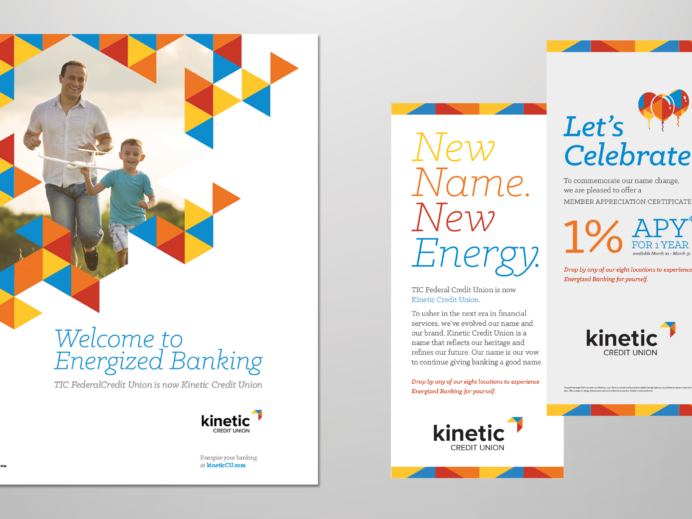
Today’s Brands Must Interact Differently with Consumers
A recent Trendera study has found that 63 percent of consumers say they want to have a relationship with brands, so much so that they report that they’d like brands to treat them like friends. While we agree that today’s brands need to interact with consumers as individuals, this finding did give us a little pause. Sure, consumers interact with brands in ways that would have been inconceivable just a decade ago, but there is a distinction between brands interacting with you on your terms, in ways that resonate with you and brands treating you as their friend. To get some insights into this trend, we reached out to a Jay Palter, social networking expert and president of Jay Palter Social Advisory.
According to Jay, “The suggestion that a brand needs to be more personal and engage more like a person and human is not a new idea. I think it reflects an underlying truth about social networking, which is that people want to connect with people. Even if your brand is engaging as a person would in a more human way, it’s likely a person behind the mask of the brand. My view is different. I think businesses and brands in particular need to figure out how to tap into some of the personal brands and the humans that are animating the corporate brands. They need to figure out how to unleash the power of the employee advocates and learn how to have more voices within a company that are somehow reflecting the brand and connecting with people on behalf of the brand. I think ultimately that is where social networking is going, and it’s not really about having your brand act more human.”
The most salient point the study makes is that demographics are dead. Lifestyle preferences are a much better way to understand consumers in today’s environment. All boomers don’t act alike and all Millennials don’t want the same things, so the days of using wide swaths of generational generalities are over. This is a central point we made in our white paper, Why the Y: Millennials and the Generation of Innovation. While this pigeonholing surely happened to Baby Boomers and Gen X before Millennials, this maddening habit of lumping an age group together and attributing overriding characteristics and behaviors to the entire cohort means that brand marketers miss some really important distinctions that inform how they interact with consumers, and how consumers do or don’t interact with brands.
According to Liz Gray, Trendera’s President, in Adweek,



